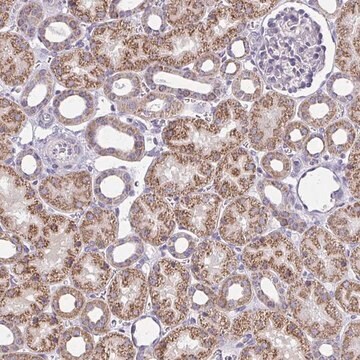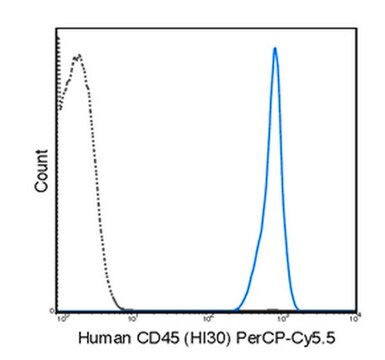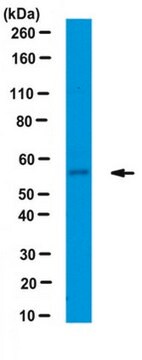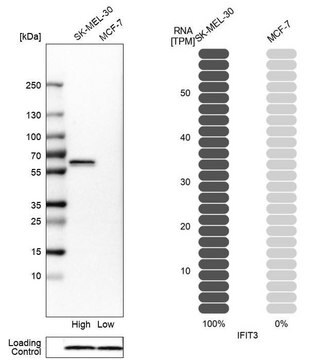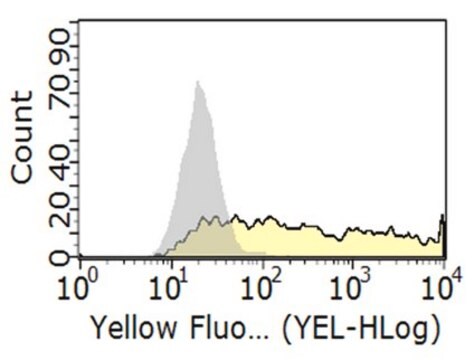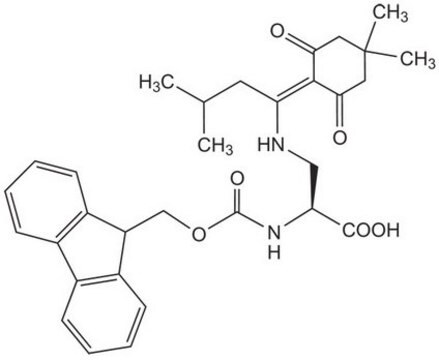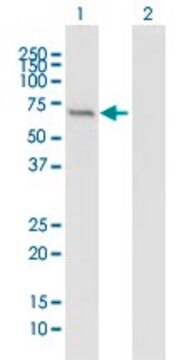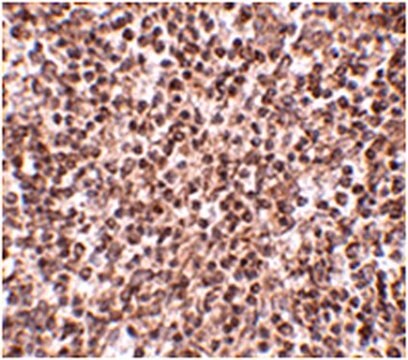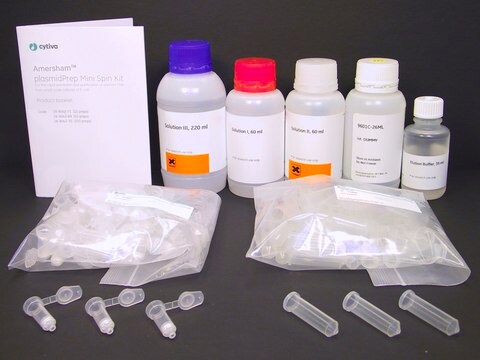ABF1048
Anti-IFIT3 Antibody
serum, from rabbit
Sinónimos:
Interferon-induced protein with tetratricopeptide repeats 3, IFIT-3, Glucocorticoid-attenuated response gene 49 protein, GARG-49, P49, IRG2, IFIT3
About This Item
Productos recomendados
origen biológico
rabbit
Nivel de calidad
forma del anticuerpo
serum
tipo de anticuerpo
primary antibodies
clon
polyclonal
reactividad de especies
mouse, human
técnicas
flow cytometry: suitable
immunocytochemistry: suitable
immunohistochemistry: suitable (paraffin)
immunoprecipitation (IP): suitable
western blot: suitable
Nº de acceso NCBI
Nº de acceso UniProt
Condiciones de envío
wet ice
modificación del objetivo postraduccional
unmodified
Información sobre el gen
human ... IFIT3(3437)
Descripción general
Especificidad
Inmunógeno
Aplicación
Inflammation & Immunology
Immunoglobulins & Immunology
Western Blotting Analysis: A representative lot detected Ifit3/ISG49 induction in RAW264.7 and wild-type, but not IRF3 or Stat1 knockout, MEFs upon Sendai virus/SeV infection, dsRNA or INF-beta stimulation in cultures, as well as in liver/lung/spleen/colon tissues from mice after dsRNA or INF-alpha i.v. injection (Fensterl, V., et al. (2008). J Virol. 82(22):11045-11053).
Western Blotting Analysis: A representative lot detected differential Ifit3/ISG49 inductions between murine MPC podocytes and primary murine glomerular mesangial cells in response to Sendai virus (SeV), encephalomyocarditis virus (EMCV), and vesicular stomatitis virus (VSV) infection (Fensterl, V., et al. (2008). J Virol. 82(22):11045-11053).
Western Blotting Analysis: A representative lot selectively detected exogenously expressed murine Ifit3/ISG49 and human IFIT3/ISG60, but not murine Ifit1/ISG56 or Ifit2/ISG54, in transfected HT1080 cells (Fensterl, V., et al. (2008). J Virol. 82(22):11045-11053).
Western Blotting Analysis: A representative lot detected Ifit3/ISG49 induction in IFN-alpha-stimulated primary murine spleen B cells and in IFN-beta-stimulated MEFs (Fensterl, V., et al. (2008). J Virol. 82(22):11045-11053; Fensterl, V., et al. (2012). PLoS Pathog. 8(5):e1002712).
Immunoprecipitation Analysis: A representative lot selectively immunoprecipitated exogenously expressed murine Ifit3/ISG49, but not Ifit1/ISG56, from transfected MEFs (Fensterl, V., et al. (2008). J Virol. 82(22):11045-11053).
Immunohistochemistry Analysis: A representative lot detected differential Ifit3/ISG49 induction among various cell types in formaldehyde-fixed, paraffin-embedded kidney tissue sections from mice after Sendai virus (SeV) or dsRNA i.v. injection (Fensterl, V., et al. (2008). J Virol. 82(22):11045-11053).
Flow Cytometry Analysis: A representative lot detected IFN-beta-induced Ifit3/ISG49 immunoreactivity using murine bone marrow-derived dendritic cells, as well as isolated CD3+ (T cells) and B220+ (B cells) peripheral blood cells (Fensterl, V., et al. (2008). J Virol. 82(22):11045-11053).
Immunocytochemistry Analysis: A representative lot detected IFN-beta-induced Ifit3/ISG49 expression in MEFs (Fensterl, V., et al. (2008). J Virol. 82(22):11045-11053).
Flow Cytometry Analysis: A representative lot (1:500 dilution) detected IFN-beta-induced Ifit3/ISG49 immunoreactivity in primary murine macrophages (Courtesy of Dr. Ganes C. Sen, Cleveland Clinic, OH).
Calidad
Western Blotting Analysis: A 1:500 dilution of this antibody detected IFIT3 in 10 µg of IFN beta treated RAW264.7 cell lysate.
Descripción de destino
Forma física
Almacenamiento y estabilidad
Handling Recommendations: Upon receipt and prior to removing the cap, centrifuge the vial and gently mix the solution. Aliquot into microcentrifuge tubes and store at -20°C. Avoid repeated freeze/thaw cycles, which may damage IgG and affect product performance.
Otras notas
Cláusula de descargo de responsabilidad
¿No encuentra el producto adecuado?
Pruebe nuestro Herramienta de selección de productos.
Código de clase de almacenamiento
12 - Non Combustible Liquids
Clase de riesgo para el agua (WGK)
WGK 1
Punto de inflamabilidad (°F)
Not applicable
Punto de inflamabilidad (°C)
Not applicable
Certificados de análisis (COA)
Busque Certificados de análisis (COA) introduciendo el número de lote del producto. Los números de lote se encuentran en la etiqueta del producto después de las palabras «Lot» o «Batch»
¿Ya tiene este producto?
Encuentre la documentación para los productos que ha comprado recientemente en la Biblioteca de documentos.
Nuestro equipo de científicos tiene experiencia en todas las áreas de investigación: Ciencias de la vida, Ciencia de los materiales, Síntesis química, Cromatografía, Analítica y muchas otras.
Póngase en contacto con el Servicio técnico